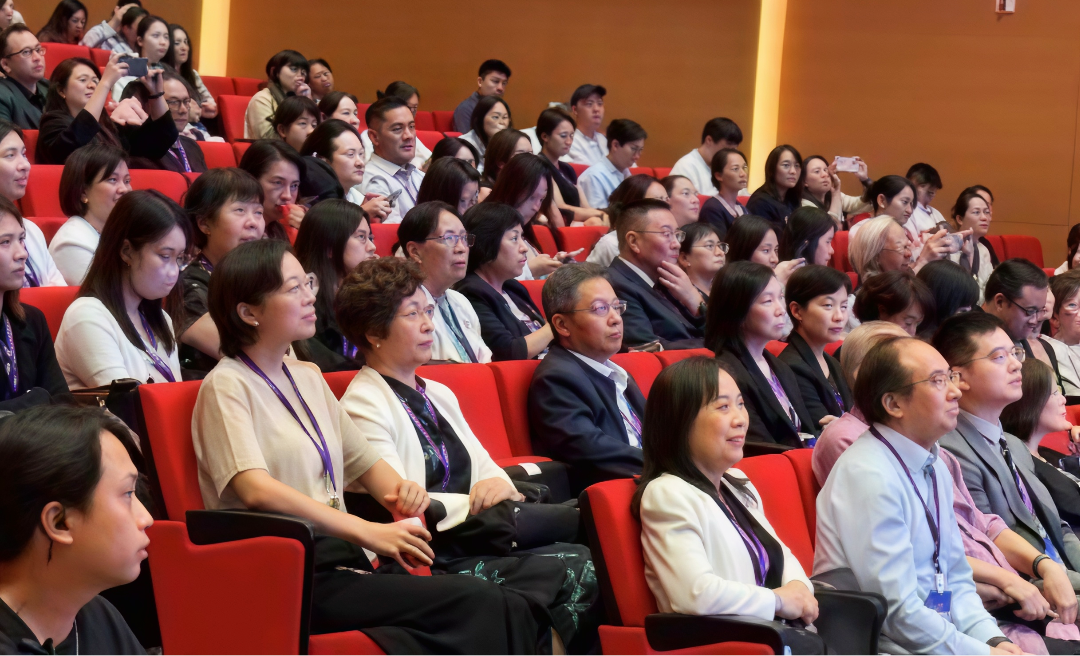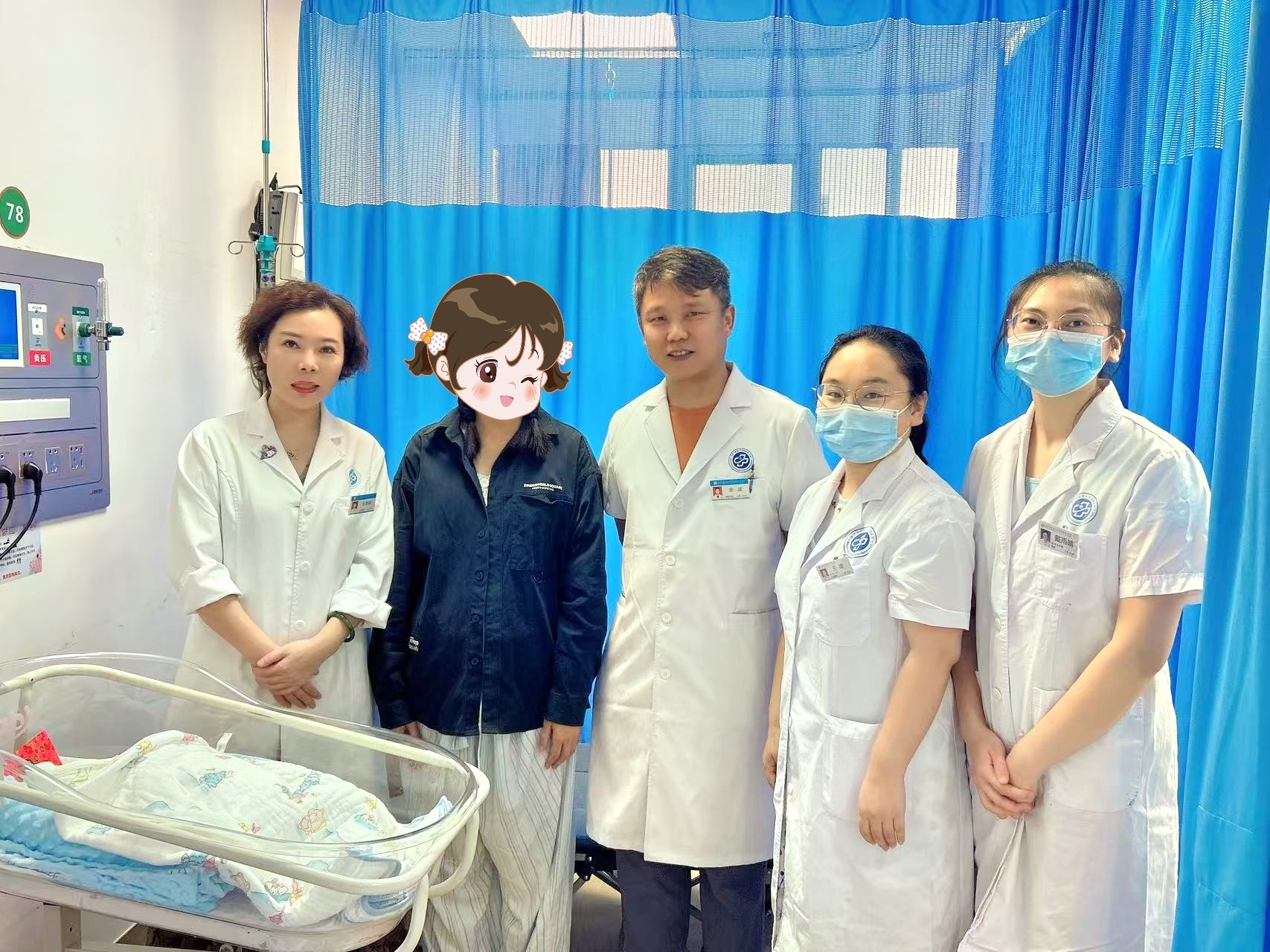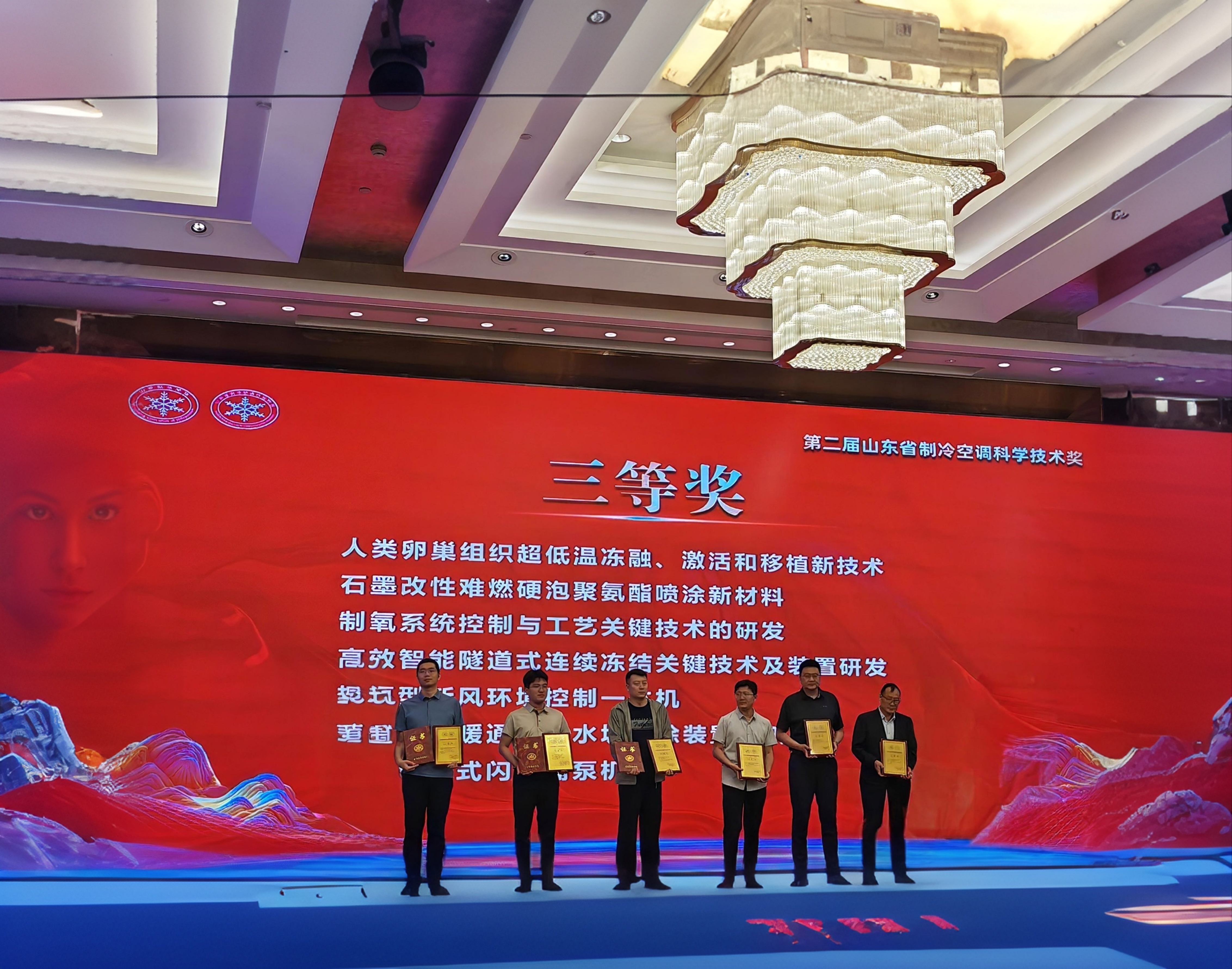Anticancer Black Technology BNCT: Blasting Tumors in 30 Minutes and Opening a New Chapter in Precision Cancer Treatment
Release time:
2025-06-13
Introduction: The "Seventh Chariot" in Yin Ye's Eyes
Recently, Yin Ye, the CEO of BGI Group, shared some exciting anticancer news on video channels such as "Liao Yibo Caijing", which sparked heated discussions on WeChat Moments. He mentioned that Japan has recently launched a cutting - edge cancer treatment technology known as the "seventh chariot", called BNCT, which is translated into Chinese as Boron Neutron Capture Therapy.
Neutron Capture Therapy (NCT), especially Boron Neutron Capture Therapy (BNCT), is hailed as the "dawn light" of precision medicine in the 21st century. Through the synergistic effect of neutrons and boron drugs, it can achieve precise positioning and directional blasting of tumors, effectively destroying the lesions while maximizing the protection of normal tissues. This technology has shown breakthrough efficacy in the treatment of refractory cancers such as head - and - neck tumors. It not only kindles the hope of life for patients but also marks a new era of "precision and minimally invasive" tumor treatment.
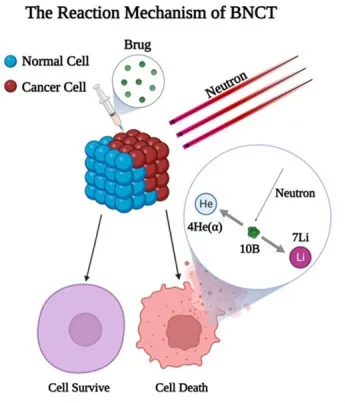
I. Analysis of BNCT Technology: The Precision Code for "Directional Blasting" of Cancer Cells
Boron Neutron Capture Therapy (BNCT) is a cutting - edge radiotherapy technology known for its "precision, efficiency, and low damage". Its core principle can be briefly summarized as follows: precisely deliver specific boron - containing drugs to cancer cells, and then induce local nuclear reactions through neutron irradiation to specifically kill cancer cells while minimizing damage to normal tissues.The treatment process of BNCT mainly consists of two steps:
Targeted Boron Accumulation: First, inject drugs rich in boron - 10 into the patient's body. These drugs are highly selective and can preferentially accumulate in cancer cells while being less distributed in normal tissues, thus achieving "directional energy storage".
Precision Strike: Then, irradiate the tumor area with a neutron beam. When neutrons capture boron - 10 atoms in cancer cells, high - energy alpha particles and lithium nuclei are released. Since the range of these particles is extremely short (only about the diameter of a single cell, approximately 5 - 9 micrometers), almost all the energy is deposited within the cancer cells, enabling precise killing of tumor cells and minimizing damage to surrounding normal tissues.
Different from traditional radiotherapy, which mainly relies on external irradiation, BNCT combines the dual advantages of biological targeted delivery (selectively delivering boron drugs to cancer cells) and physical precision killing (neutron - induced intracellular nuclear reactions), so it is vividly called an "endogenous directional blasting technology".
II. Three Revolutionary Advantages: The So - called "Gentlest" Cancer Killer
Single Irradiation Significantly Shortens the Treatment Cycle: Compared with traditional treatment methods such as surgery, chemotherapy, or radiotherapy, which often require multiple repetitions, BNCT usually only needs a single neutron irradiation to complete the treatment, greatly reducing the number of patient visits and the physical burden on patients. According to the official website of the South Tohoku BNCT Research Center, a well - known BNCT treatment and research institution in Japan, a single irradiation process takes about an hour, making the entire treatment process more efficient and convenient.
Strong Killing Power Can "Conquer" Stubborn Cancers: BNCT directly damages the DNA of cancer cells by releasing high - linear - energy alpha particles, with strong local killing ability. Compared with traditional radiotherapy, BNCT also shows good results for some "radiation - resistant" tumors, such as malignant gliomas, melanomas, and head - and - neck tumors, and has the potential to "break the deadlock".
Wide Irradiation Range and Less Damage to Normal Tissues: Traditional radiotherapy is often limited by the radiation damage to surrounding healthy tissues, especially when the tumor is close to important organs, which further restricts the treatment space. BNCT only produces reactions inside cancer cells that have accumulated boron - 10 and hardly affects adjacent normal cells. This is particularly important for patients with tumors in key areas such as the brainstem, optic nerve, and spinal cord, as it can achieve effective treatment while preserving important functions and reducing the risk of side effects.
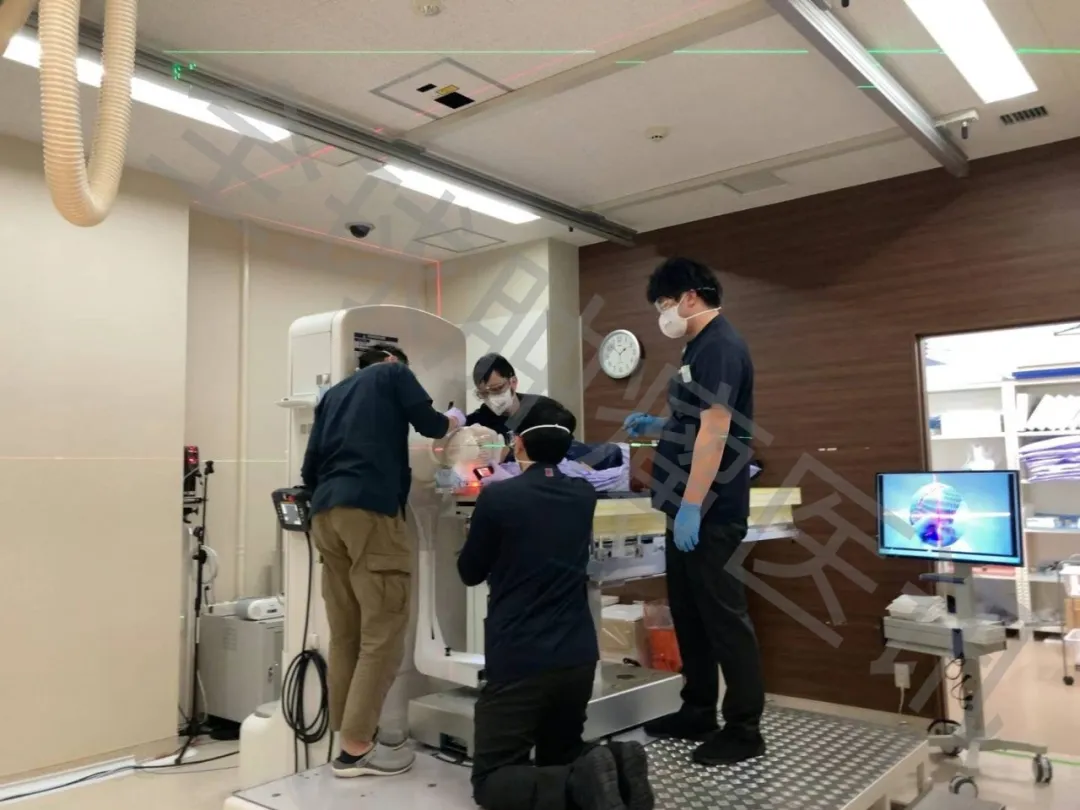
III. Impressive Clinical Data: A 1 - year Survival Rate of 56% for Head - and - Neck Cancer Patients
A recent study published in the international authoritative journal Cancers showed that BNCT has made breakthrough progress in the treatment of recurrent head - and - neck cancer. The study included 14 patients with locally recurrent head - and - neck tumors, and the results showed that:
Five patients achieved complete remission.
Four patients had significant tumor shrinkage.
The 1 - year local progression - free survival rate reached 21%.
The 1 - year overall survival rate was as high as 56%.
One patient was disease - free two years after treatment.
These data far exceed the expected results of traditional treatment methods and bring new hope to advanced cancer patients.
IV. From Laboratory to Clinic: The Global Breakthrough History of BNCT
BNCT was first proposed by Germans in the 1930s, and the United States also conducted phased research on it. In the 1960s, the United States attempted to use BNCT to treat patients with malignant brain tumors, but the clinical trials failed due to limited technical conditions.
Subsequently, the focus of BNCT research shifted to Japan. Since the 1980s, Japanese scientists have gradually solved the key bottlenecks in the early research by optimizing the neutron source, using a more secure accelerator - type neutron device suitable for the hospital environment, and developing more selective boron drugs.
In March 2020, the Japanese Ministry of Health, Labour and Welfare officially approved BNCT for the treatment of unresectable locally advanced or locally recurrent head - and - neck cancer, marking the transition of this technology from research to routine clinical application. Currently, Japan has completed more than 400 BNCT treatments for brain tumors, more than 30 for malignant melanomas, and more than 130 for head - and - neck cancers.
V. Promising Future: BNCT Opens an Opportunity Window for Future Healthcare
Although BNCT shows great potential, it still faces many challenges. The primary issue is to further improve the selectivity and delivery efficiency of boron compounds. The current selective absorption rate of boron compounds in cancer cells is about 5:1, and researchers hope to develop new boron compounds to increase this ratio to 10:1.
In Japan, the cost of BNCT treatment has been included in the medical insurance reimbursement scope for some types of cancer, greatly reducing the economic burden on patients. With the approval of the compact neutron source system developed by Sumitomo Heavy Industries, this technical problem has been solved, enabling BNCT to be implemented in more hospitals.
Compared with Japan, the research and application of BNCT in China are still in their infancy. However, in recent years, many top Chinese research institutions and hospitals have begun to pay attention to and explore BNCT technology. It is expected that China will gradually achieve the clinical application of BNCT and play a key role in the treatment of certain cancers in the future.
Conclusion
As a "black technology" in the field of cancer treatment, BNCT is rewriting the treatment landscape of many refractory cancers. With its precise "cellular - level" killing ability, it provides patients with new treatment options. As the technology continues to advance and the scope of indications expands, BNCT is expected to become an important weapon in cancer treatment and bring the hope of life to more patients.
Latest developments
Over the two days, the symposium was not only a collision of ideas but also seeds sown to advance social progress in life culture. The Shandong Yinfeng Life Science Public Welfare Foundation will continue to use technology as wings and culture as roots, collaborating with all sectors of society to enhance the quality of life for the Chinese people and build a human-centered life care system.
According to recent announcements by the Jinan Municipal Bureau of Science and Technology, 11 outstanding achievements from Jinan have been included in the 2025 "Shandong Outstanding Achievements Report" project. Among them is the globally first-of-its-kind ovarian tissue dual-activation technology developed by Shandong Silver Med Life Science Research Institute (Jinan).
Recently, Frigid Zone Medicine, an authoritative international journal in the field of cryomedicine, published an important review titled "Advances in the Detection Methods for Assessing the Viability of Cryopreserved Samples". Written by the team of Yinfeng Cryomedical Research Center, the article systematically reviews and analyzes various detection techniques currently used to evaluate the viability of cryopreserved cells, tissues, and organs. It also proposes key directions from the perspectives of methodological integration and future instrument development, offering crucial theoretical support and practical guidance for the long - term cryopreservation of complex tissues and organs.
Recently, the "Novel Technology for Ultra-Low Temperature Cryopreservation, Activation, and Transplantation of Human Ovarian Tissue," developed through a collaborative effort between Shandong Yinfeng Life Science Research Institute and Beijing University of Chinese Medicine Shenzhen Hospital, has been awarded the 2025 Shandong Refrigeration and Air Conditioning Science and Technology Award. This groundbreaking technology pioneers a new pathway for female fertility preservation, marking a significant leap in China’s interdisciplinary advancements in reproductive medicine and cryobiology.
On May 19, a delegation from the Chinese Training Workshop for Government Officials of Developing Countries visited the exhibition hall of Yinfeng Biological Group's Cryomedicine Research Center. Government officials from multiple countries gained in-depth insights into Yinfeng’s innovative achievements in cryobiomedicine, cell storage, genetic technology, and other fields. They engaged in discussions with the delegation on technology transfer and international cooperation, contributing to the building of a global community with a shared future for humanity.



